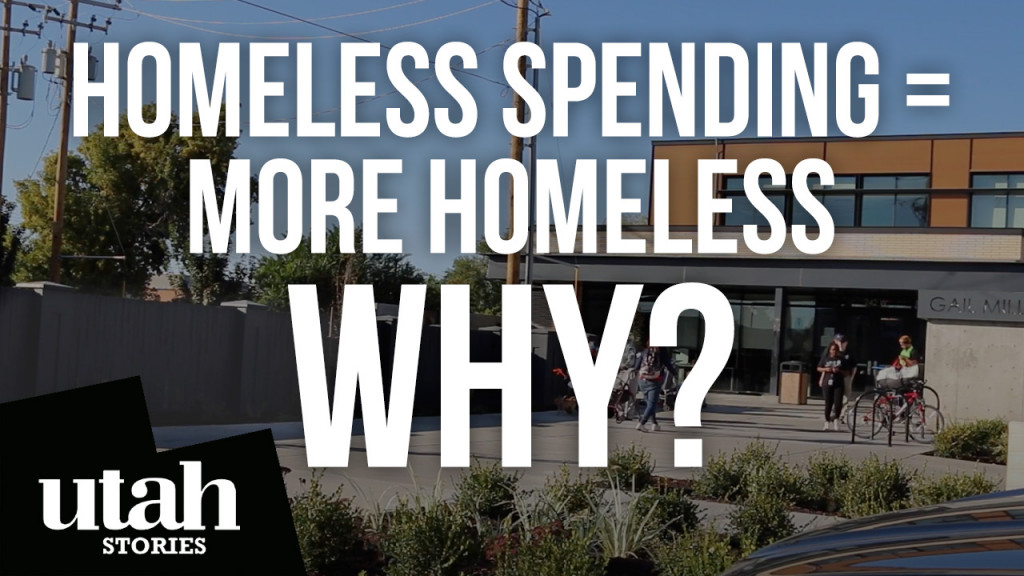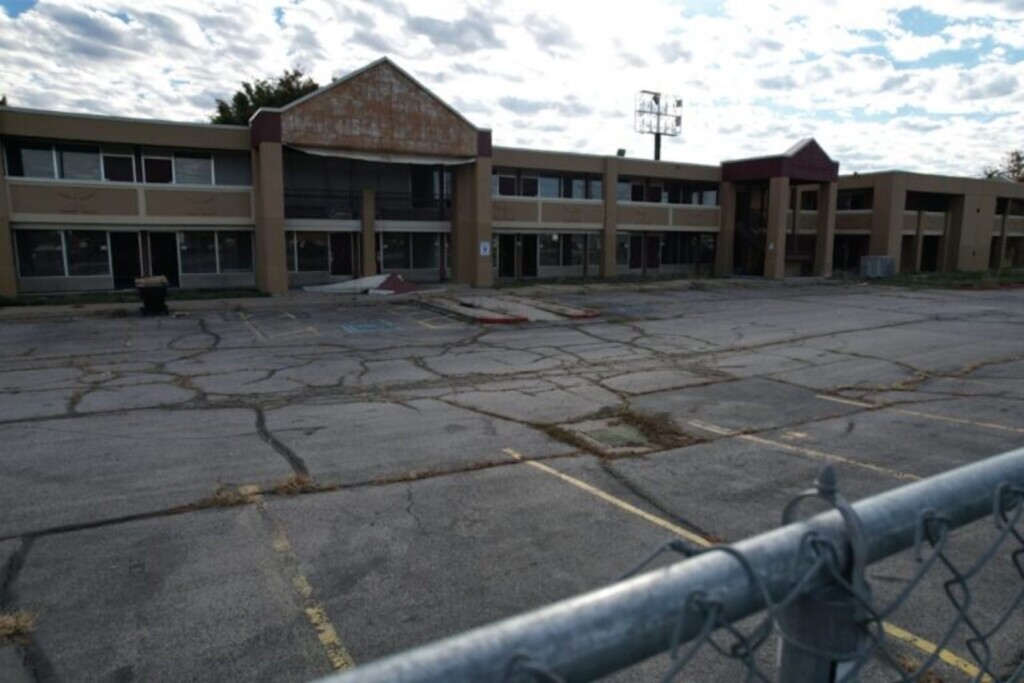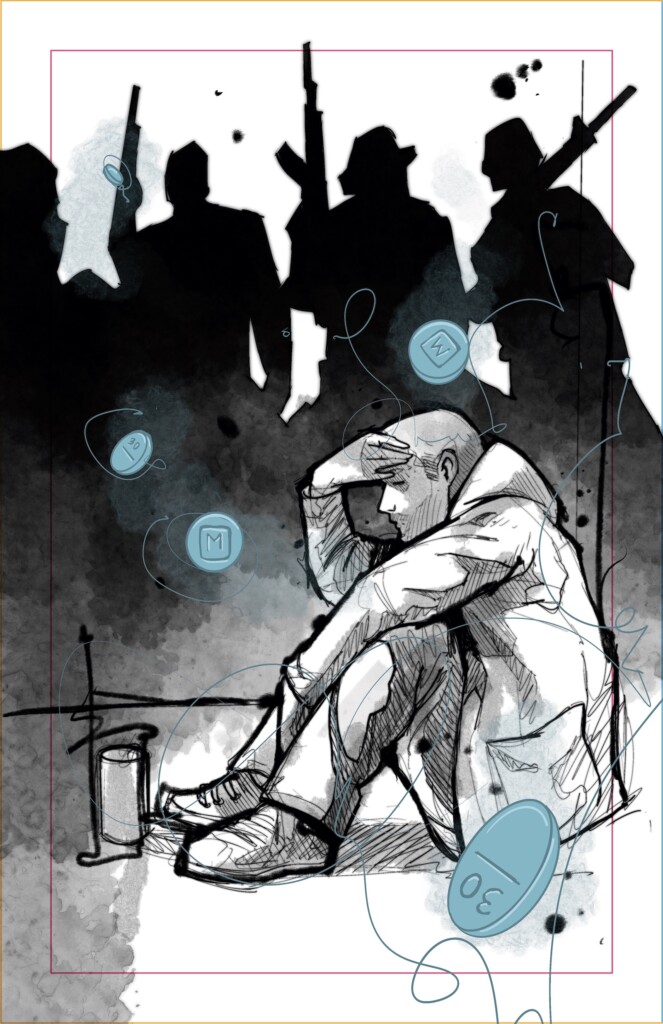Danielle Ahn is running for Salt Lake County District Attorney. Working closely with the homeless resource providers she has some inside knowledge about how the “homeless industrial complex” is operating, providing huge amounts of money to homeless service providers without providing services to homeless individuals. She describes the operation as a “revolving door” between government agencies handing out money and non-profits receiving the funds.
“The homeless industrial complex is actually a term that I coined. That, I’m really glad is picking up speed, because what you have is you have non-profit organizations that benefit from homelessness. They have no incentive to actually help the people.” states Ahn.
Most non-profit organizations receive funds from the government thanks to its taxing power. However, despite all this funding they fail to provide safe care to the very ones they are supposed to help. For example, in some facilities, people are allowed to bring in drugs but not their medication.
So Utah Stories asks, why is it that tenants at facilities such as the Gail Miller Homeless Resource Center are not able to bring their prescription drugs into the facilities but illegal street drugs are getting inside?
And why are self-reliable non-profits like the Otherside Academy ostracized by government-funded organizations?
Utah Stories will continue to investigate.
RELATED CONTENT
Releasing Murderers in Utah Needs to Stop, Says Danielle Ahn
The $300 Million Utah Homeless Question
Rampant Crime is Forcing Residents to Leave Ballpark Neighborhood in Salt Lake City
Crime Rate Soaring in Salt Lake Neighborhoods with Homeless Resource Centers
Woman’s Death at Hands of SLCPD Determined Homicide
SUPPORT LOCAL JOURNALISM AND SUBSCRIBE TO PRINT MAGAZINE
Subscribe to Utah Stories weekly newsletter and get our stories directly to your inbox







